The New Worker
The latest product updates, stories, ideas, and guides to do your best work.
AllEmployee Engagement Employee Onboarding Inside Workleap People Development Performance Management Team Management
Latest articles
-

JD Saint-Martin joins Workleap’s Board of Directors
-
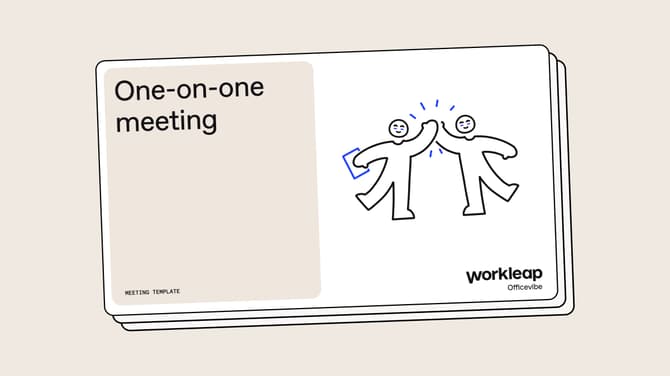
A template for effective one-on-one meetings
-
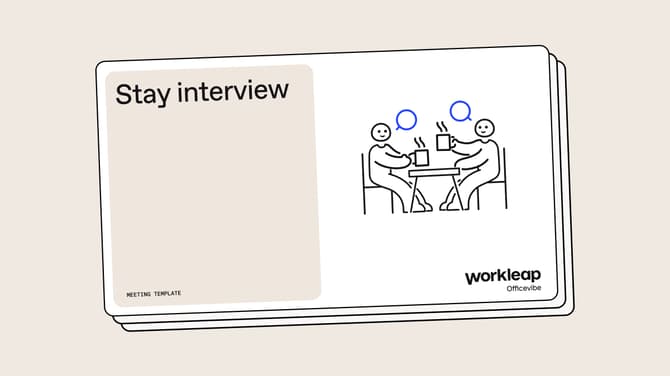
How to maximize employee engagement with stay interviews
-
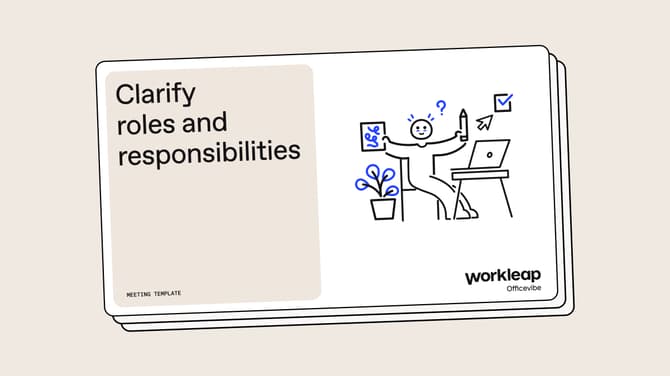
Clarifying roles and responsibilities: A template for clearer communication and productivity
-
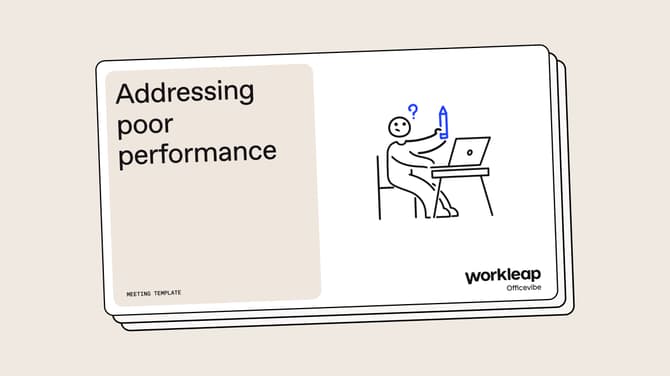
Addressing poor performance: A template for a constructive approach
-
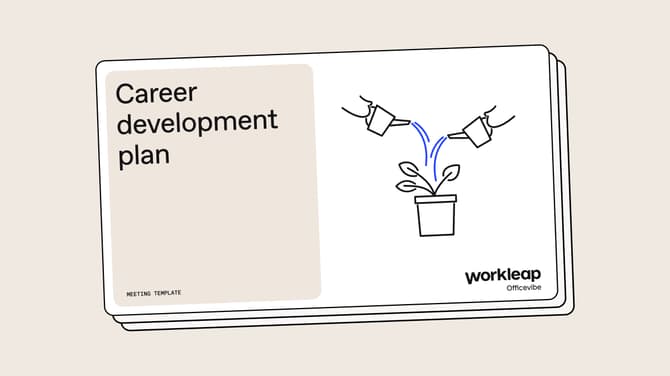
How to craft a career development plan: Get your template
-

Guide to employee engagement surveys (+ questions to use)
-
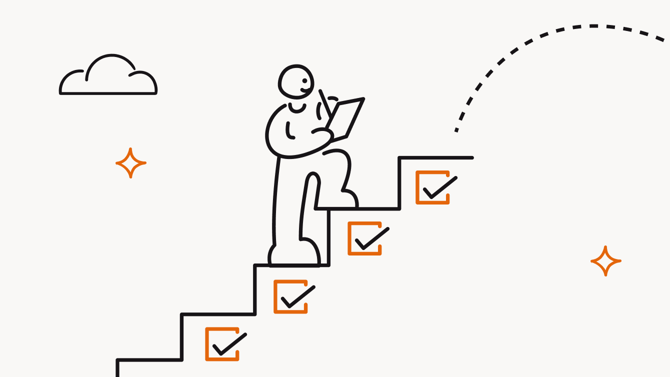
How to evaluate your employee onboarding process
-
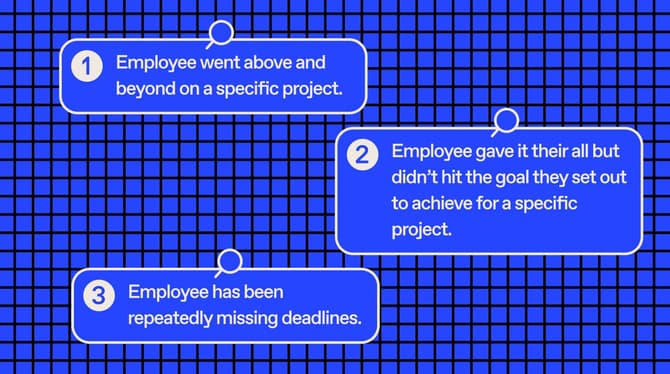
26 constructive feedback examples and tips for managers
-

Improve team engagement with these 50 performance goals for managers
-

Employee engagement survey analysis: How to interpret results and take action
-

26 effective and professional feedback examples